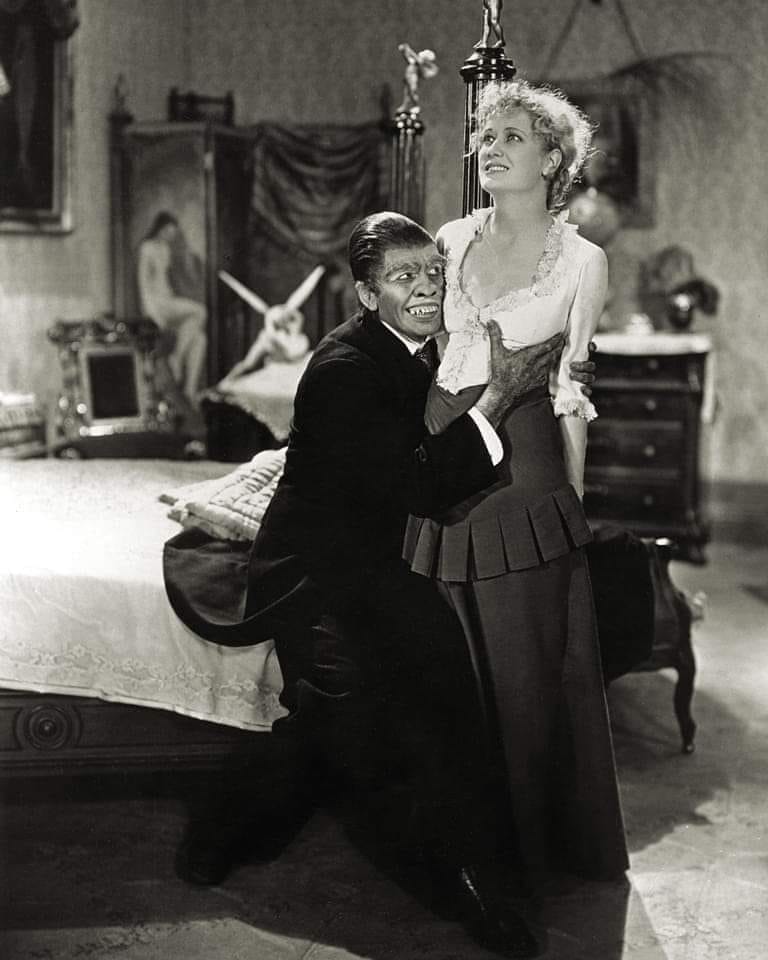Robert Louis Stevenson’s story The Strange Case of Dr. Jekyll and Mr. Hyde provides a template for one of the most prominent and enduring elements of the superhero tradition: the dual identity.
Mr. Hyde is a powerful, dynamic, unrestrained figure who goes unrecognized as the unremarkable citizen Jekyll. The examples of that pattern in superhero comics and similar tales are too numerous to mention, ranging from the Scarlet Pimpernel and Zorro to Superman and Spider-Man.
“(T)he classic superhero secret identity reduplicates the plot device that links doppelgangers in Robert Louis Stevenson’s The Strange Case of Dr. Jekyll … or in werewolf stories/films,” wrote critic Greg M. Smith. “It is this switching between selves (one human, one superhuman) that makes the Wolf Man and Jekyll/Hyde monstrous, and the classic secret identity can be seen as an equally inhuman alternation.”
In addition to that major generalized influence on superheroes and their secret identities, the novella has directly inspired any number of comic book characters. The first of the Marvel Classic Comics in 1976 was, appropriately, an adaptation of the novella written by Kin Platt with art by Nestor Redondo and Gil Kane. One of Thor’s archenemies is literally called Mr. Hyde. Other durable reincarnations of Hyde include DC’s Eclipso, Marvel’s Werewolf by Night, and The Incredible Hulk.
 “I was getting tired of the normal superheroes and I was talking to my publisher,” Marvel writer/editor Stan Lee recalled. “He said, ‘What kind of new hero can we come up with?’ I said, ‘How about a good monster?’ He just walked out of the room. I remembered Jekyll and Hyde, and the Frankenstein movie with Boris Karloff and it always seemed to me that the monster was really the good guy; he didn’t want to hurt anybody, but those idiots kept chasing him up the hill until he had to strike back. So why not get a guy who looks like a monster and really doesn’t want to cause any harm? But he has to in self-defense because people are always attacking him… I decided I might as well borrow from Dr. Jekyll and Mr. Hyde as well — our protagonist would constantly change from his normal identity to his superhuman alter ego and back again.”
“I was getting tired of the normal superheroes and I was talking to my publisher,” Marvel writer/editor Stan Lee recalled. “He said, ‘What kind of new hero can we come up with?’ I said, ‘How about a good monster?’ He just walked out of the room. I remembered Jekyll and Hyde, and the Frankenstein movie with Boris Karloff and it always seemed to me that the monster was really the good guy; he didn’t want to hurt anybody, but those idiots kept chasing him up the hill until he had to strike back. So why not get a guy who looks like a monster and really doesn’t want to cause any harm? But he has to in self-defense because people are always attacking him… I decided I might as well borrow from Dr. Jekyll and Mr. Hyde as well — our protagonist would constantly change from his normal identity to his superhuman alter ego and back again.”
The psychological roots of this fantasy run deep indeed. Critic Mark Schorer noted that the Gothic tradition, or what Nathaniel Hawthorne would have called the romance tradition, refers to “…stories that are set in a world where we continually move without transition or warning from the actual into the dream, from the real into the surreal, from the natural into the supernatural.”
That’s a description that neatly fits the comic book superhero stories, which shift constantly from mundane and recognizable urban reality to nightmarish mythological battle zones and back again.
“They are stories whose central concern is with the theme of the Doppelganger, the alter ego, and the supernatural is, in fact, symbolic of the world in which that other self, which we cannot ever confront in the busy social world, exists.
“These are stories generally about lonely, loveless people — or, at any rate, they seem to be lonely because they are loveless — who encounter strange, often offensive creatures with whom they are, in one way or another, trapped and whom they cannot and usually do not wish to escape, for these creatures are their selves, their fate, whom they are helpless to shun.”
The superhero’s dual identity is, finally, a visible symbol of a universal psychological state. In the film Batman Forever, Bruce Wayne remarks, “I guess we’re all two people. One daylight, and the one we keep in shadow.”



